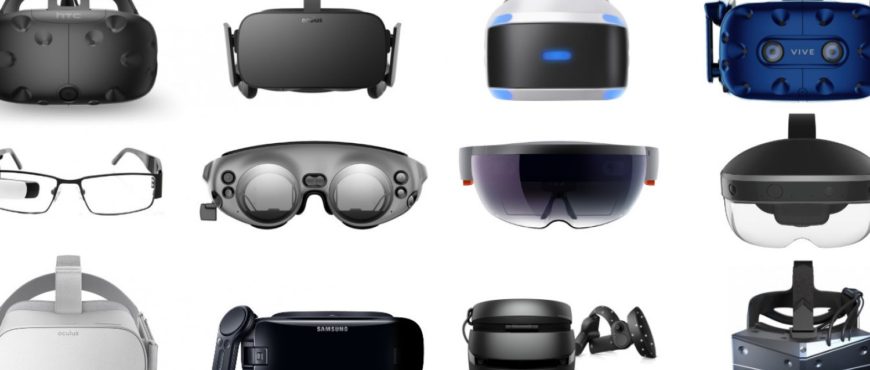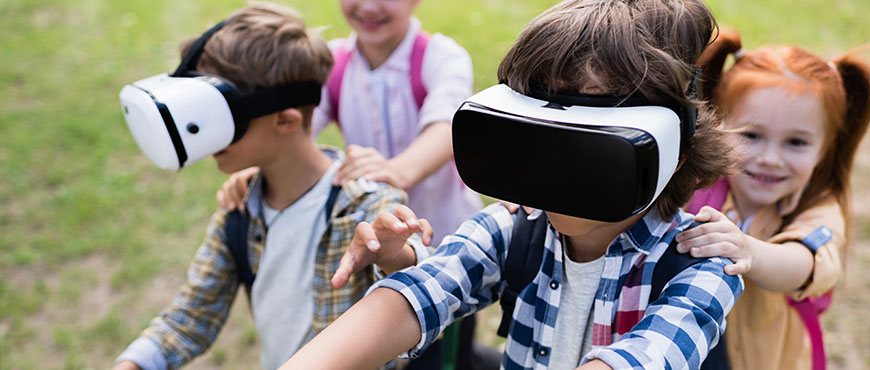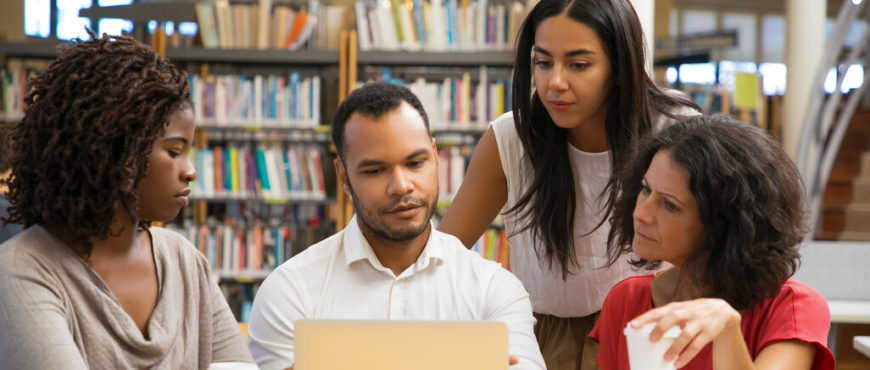Em conversas com pais e mães de amigos da minha filha (11 anos), alguém levantou a ideia de que nossos filhos são Nativos Digitais. Juro que não foi a primeira vez que ouvi falar sobre isso. Não deu outra. Fiquei curioso e corri para a internet, me achando o próprio Nativo Digital, com todas as suas “qualidades”. Resultado: descobri que não é bem assim. Na verdade, verifiquei que algumas das qualidades atribuídas a essas pessoas são mitos. Por isso, com este post, me senti motivado a escrever um pouco do que aprendi.
Como muitos, este é mais um tema que muito se discute, mas poucos têm uma noção precisa. Segundo especialistas, Nativos Digitais são pessoas que reúnem duas características básicas: nasceram a partir de 1980 e cresceram, no sentido de desenvolvimento biológico e social, em contato direto com a tecnologia digital.
O tema foi criado em 2001 pelo Professor Marc Prensky, para debater métodos de educação em sala de aula, tendo em vista que tradicionais métodos usados por professores até meados dos anos 80 começavam a não ter o mesmo efeito em crianças que tinham em casa computadores, videogames e outras mídias interativas. Ou seja, as crianças criadas em um mundo digital demandam um ambiente de aprendizado rico em mídia, para que haja a necessária captura de suas atenções.
Hoje, embora haja discordâncias, é majoritário o pensamento de que os Nativos Digitais têm características bem peculiares. Dentre elas, destaca-se a facilidade para obter e selecionar informações. São autodidatas por natureza e o contato regular com dispositivos tecnológicos oferece muitas facilidades para encontrar informações, mesmo em meio a um grande volume de dados. Aprendem online. Se não entendem um conceito apresentado em sala de aula, podem pesquisá-lo no próprio celular, e encontrar o que precisam em questão de segundos.
Adaptam-se também facilmente à realização de múltiplas tarefas, mesmo havendo quem afirme que essa característica colabora com a falta de atenção. Parecem fazer tudo ao mesmo tempo e isso também torna o comportamento um pouco linear, o que pode ser difícil de entender para pessoas mais velhas, que cresceram com o analógico e depois se inseriram em realidades mais tecnológicas.
Preferem a comunicação por mensagem instantânea. Neste caso, não espere que eles telefonem aos amigos para conversar ou marcar um encontro. Esquece! Eles preferem conversar simultaneamente com várias pessoas, resolver pendências, ter momentos de distração e até mesmo trabalhar.
Por outro lado, apresentam pouco contato com dispositivos analógicos. Os Nativos Digitais das primeiras gerações já eram pouco analógicos, devido ao contato precoce com dispositivos tecnológicos. Hoje, suas câmeras são digitais e muitos têm dificuldade de usar papel e caneta. Sempre buscam novas ferramentas para facilitar o trabalho, sem que tenham de recorrer a opções analógicas, ao contrário de seus pais ou avós.
Também valorizam a colaboração. Alguns cultivam mais relações online, em vez de sair de casa para se encontrar com a família e amigos. Entretanto, o ambiente em que estão inseridos é mais colaborativo. Ou seja, estão sempre dividindo informações, interagindo entre si e prezando pela criação de novos conteúdos em conjunto, o que é facilitado pelas modernas ferramentas de produtividade e reunião de equipes.
Um outro aspecto importante é que o engajamento nas redes sociais e o contato com diferentes ideologias também está fazendo com que eles desenvolvam uma consciência social. São estimulados diariamente por hashtags, notícias, memes e discussões, desenvolvem a empatia e entendem o papel das minorias, o que não é tão relevante ou simples para gerações anteriores.
Enfim, estas são algumas das qualidades atribuídas para estas pessoas. Apesar de não ser um especialista, tenho certeza de que, como pai de uma Nativa Digital, este assunto deve ganhar cada vez mais repercussão, principalmente neste momento de pandemia, em que as escolas estão repensando os seus modelos de ensino e até as suas políticas educacionais. Caso contrário, corremos o risco de que nossas instituições educacionais, vítimas do tradicionalismo, fiquem eternamente apoiadas em uma mera ilusão.
Eis então um grande desafio aos pais, professores e alunos!
Gilson Calais










